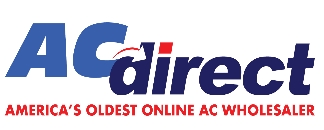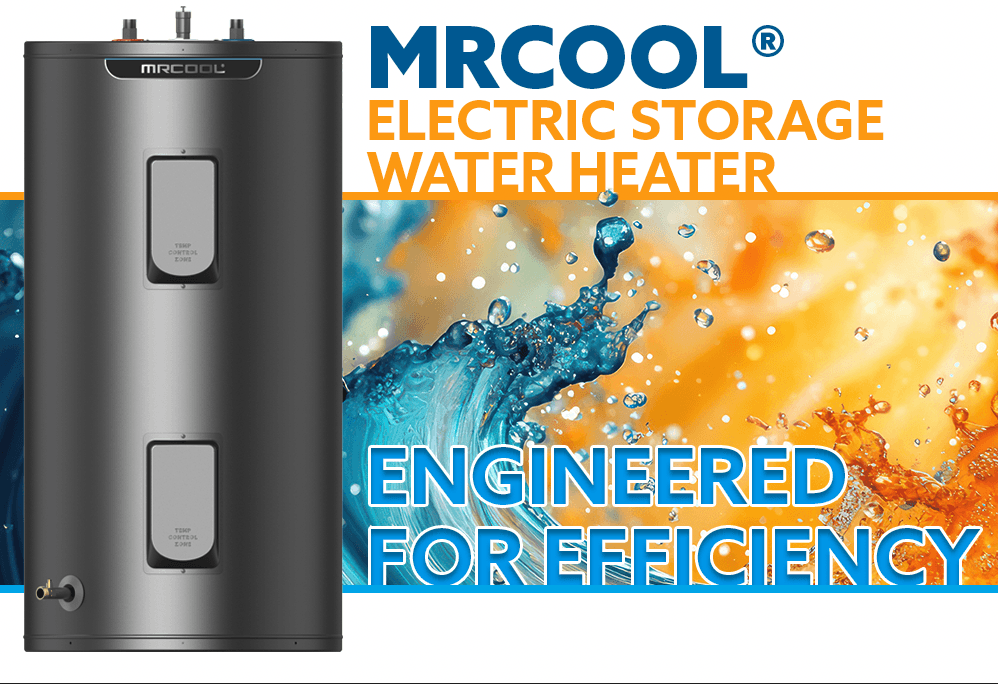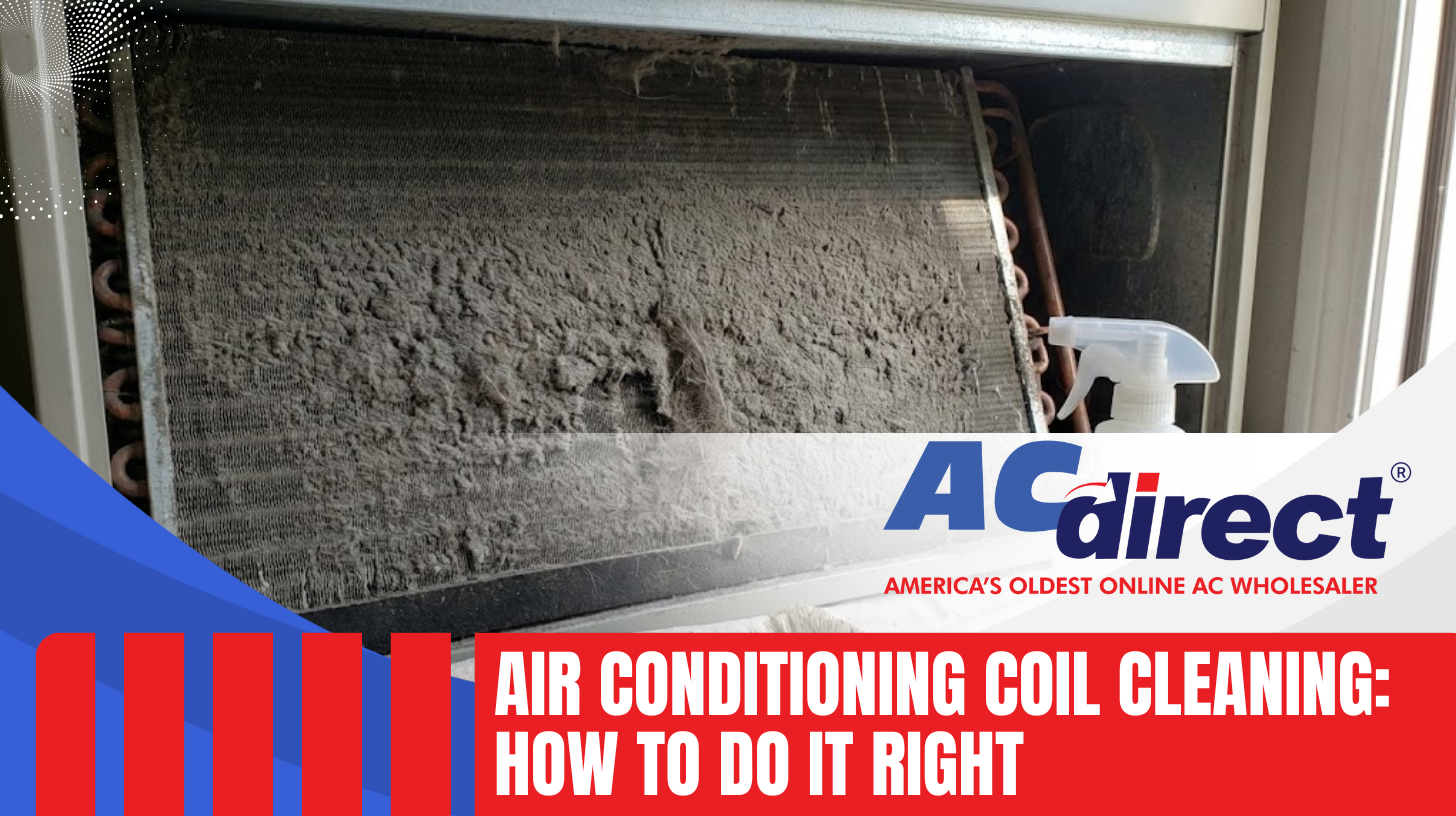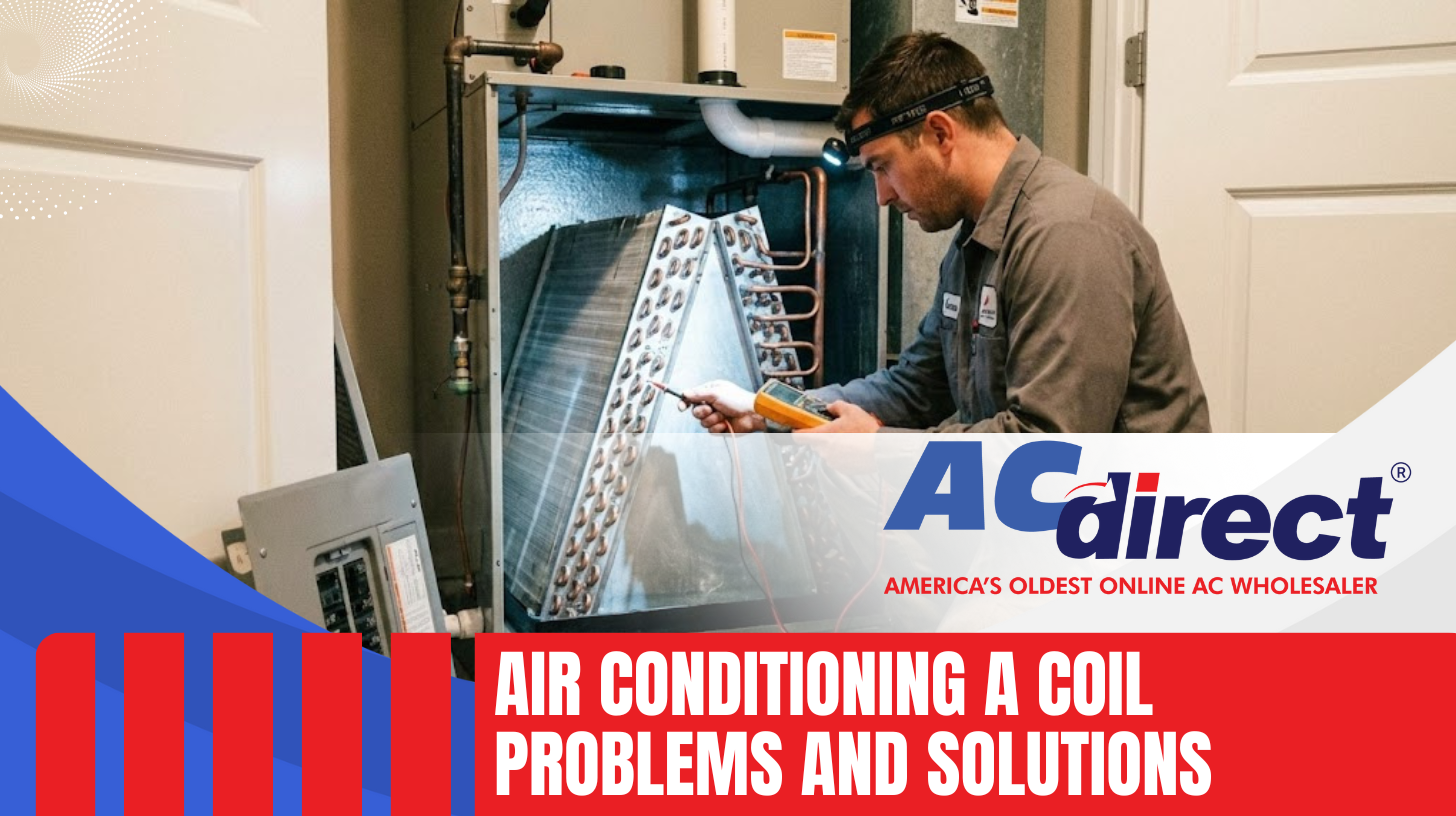Find Hidden Energy Drains with A Step-by-Step Home Energy Audit
-
 By
Michael Haines
By
Michael Haines
- Nov 5, 2024

By Mike Haines 11/5 Hello everyone, Mike Haines here from your trusted HVAC wholesaler. Over the years, I've helped countless homeowners improve their home's energy efficiency and comfort. One of the most effective ways to achieve significant savings and enhance comfort is by conducting a home energy audit. Today, I want to guide you through the process of performing your own energy audit. We'll identify areas where your home may be losing energy and explore practical solutions to make your home more efficient and cost-effective.
The Importance of a Home Energy Audit
Conducting a home energy audit is like giving your home a physical check-up. It helps you understand how much energy your home consumes and identifies areas where you can make improvements. By pinpointing energy inefficiencies, you can take targeted actions to reduce your utility bills, increase comfort, and minimize your environmental footprint.
An energy audit assesses key components such as insulation, windows, heating and cooling systems, and appliances. By addressing issues in these areas, you not only enhance your home's performance but also contribute to long-term savings. Let's delve into how you can perform a comprehensive energy audit yourself.
Key Highlights
- Identify Air Leaks: Sealing gaps and cracks can significantly reduce heating and cooling costs.
- Assess Insulation: Proper insulation maintains indoor temperatures and reduces energy usage.
- Evaluate HVAC Systems: Ensuring your HVAC system operates efficiently can uncover opportunities for upgrades.
- Inspect Windows and Doors: Energy-efficient windows and doors prevent heat loss and improve comfort.
- Optimize Lighting and Appliances: Upgrading to energy-saving options lowers electricity consumption.
Step-by-Step Guide to Conducting a Home Energy Audit
Identify and Seal Air Leaks
Air leaks are a primary source of energy loss. They allow conditioned air to escape and unconditioned air to enter, making your HVAC system work overtime.
Start by checking common leak areas such as windows, doors, electrical outlets, and plumbing penetrations. On a windy day, hold a lit incense stick or a thin piece of tissue near these spots. If the smoke or tissue moves, you likely have a leak.
To seal air leaks, use caulk for stationary components like window frames and weatherstripping for movable parts like doors. Don't forget to check for gaps around baseboards and where walls meet the ceiling. By sealing these leaks, you can save up to 20% on heating and cooling costs, enhancing comfort by eliminating drafts.
Assess Your Home's Insulation
Proper insulation is crucial for maintaining comfortable indoor temperatures. It reduces heat transfer, keeping your home warm in the winter and cool in the summer.
Begin by inspecting the attic, as it's a common area for inadequate insulation. Look for gaps, compressed insulation, or areas where insulation has settled. The U.S. Department of Energy recommends insulation levels based on your climate zone [1]. For walls, you can check insulation by removing outlet covers and looking inside with a flashlight.
If your insulation is lacking, consider adding more. Options include fiberglass batts, blown-in cellulose, or spray foam insulation. Upgrading insulation can reduce heating and cooling costs by up to 10%.
Evaluate Your HVAC System
Your heating, ventilation, and air conditioning (HVAC) system is a significant energy consumer. Assessing its efficiency can lead to substantial savings.
Check the age of your HVAC system. If it's over 10-15 years old, it may be time for an upgrade. Modern systems, like a high-efficiency gas furnace, operate more efficiently and can reduce energy bills.
Regular maintenance is essential. Replace air filters every 1-3 months and schedule annual professional tune-ups. Inspect your ductwork for leaks or disconnections, as leaky ducts can lose up to 30% of conditioned air. Sealing ducts with mastic sealant or metal tape improves efficiency.
Inspect Windows and Doors
Windows and doors can be sources of significant heat loss or gain. Examine them for drafts and energy inefficiencies.
Feel around the edges for drafts. If you detect air movement, consider installing weatherstripping or caulking gaps. Upgrading to energy-efficient windows, such as double-pane or Low-E glass, can reduce energy loss. Learn about energy-efficient windows
Ensure doors fit tightly in their frames. Install door sweeps at the bottom of exterior doors to prevent air infiltration. These measures not only save energy but also enhance comfort by reducing drafts.
Optimize Lighting and Appliances
Lighting and appliances contribute to your home's energy consumption. Simple changes can lead to noticeable savings.
Replace incandescent bulbs with LED lights, which use up to 75% less energy and last much longer. Consider using smart power strips for electronics to eliminate "phantom" energy use when devices are in standby mode.
When it's time to replace appliances, choose Energy Star-rated models. They operate more efficiently and can significantly reduce electricity usage.
Check for Proper Ventilation
Good ventilation is essential for indoor air quality and helps prevent moisture problems that can lead to mold growth.
Ensure that bathroom and kitchen exhaust fans vent to the outside, not just into the attic or crawlspace. Check attic vents to make sure they're unobstructed. Proper ventilation allows moisture to escape, protecting your home's structure and improving air quality.
Evaluate Water Heating Efficiency
Water heating accounts for a substantial portion of energy bills. Assess your system for efficiency.
If your water heater is over 10 years old, consider replacing it with a high-efficiency model or a tankless water heater. Lowering the thermostat to 120°F reduces energy use without sacrificing comfort.
Insulate your water heater tank (if it's not already insulated) and the first six feet of hot water pipes. This reduces heat loss and keeps water hotter for longer.
Examine Your Home's Exterior
Walk around the outside of your home to look for issues that could affect energy efficiency.
Check for cracks in the foundation or siding where air might leak in or out. Inspect the seals around outdoor faucets and vents. Ensure that your home's exterior is well-maintained to prevent energy loss and protect against the elements.
Consider Professional Testing
While a DIY audit covers many areas, professional energy auditors have specialized tools to identify hidden issues.
They can perform a blower door test to measure your home's airtightness and use infrared cameras to detect insulation gaps and air leaks. A professional audit provides a comprehensive analysis and recommendations tailored to your home.
Implementing Energy-Saving Improvements
After identifying areas for improvement, it's time to take action.
Prioritize upgrades based on potential energy savings and cost-effectiveness. Sealing air leaks and adding insulation are typically affordable and offer quick returns on investment. Upgrading your HVAC system or windows requires a larger upfront cost but results in substantial long-term savings.
Consider exploring options like a gas furnace and AC combo to enhance your home's efficiency.
Look for rebates or incentives from utility companies or government programs that can offset the cost of energy-efficient upgrades.
Monitoring Your Energy Usage
Maintaining energy efficiency is an ongoing process. Keep track of your energy bills to monitor improvements and identify any unusual spikes in usage.
Use smart thermostats to manage heating and cooling efficiently. They can learn your schedule and adjust temperatures automatically, saving energy without sacrificing comfort.
Regularly maintain your HVAC system and appliances to ensure they operate at peak efficiency.
Frequently Asked Questions
What is a home energy audit?
A home energy audit is a comprehensive assessment of your home's energy use. It identifies areas where your home is losing energy and provides recommendations for improvements to enhance efficiency and comfort.
Can I perform a home energy audit myself?
Yes, you can conduct a basic energy audit yourself by following a step-by-step guide. Inspect areas like insulation, air leaks, HVAC systems, windows, and appliances to identify inefficiencies.
When should I consider a professional energy audit?
If you've addressed common issues but still experience high energy bills or discomfort, a professional audit can uncover hidden problems. Professionals use specialized equipment to detect air leaks, insulation gaps, and inefficiencies not easily found in a DIY audit.
How does sealing air leaks improve energy efficiency?
Sealing air leaks prevents conditioned air from escaping and unconditioned air from entering your home. This reduces the workload on your HVAC system, leading to lower energy bills and improved indoor comfort.
What are the benefits of upgrading my HVAC system?
Upgrading to a high-efficiency HVAC system can significantly reduce energy consumption. Newer systems operate more efficiently, provide better temperature control, and can improve indoor air quality.
How often should I replace my air filters?
It's recommended to check your air filters monthly and replace them every 1-3 months, depending on the type of filter and usage. Clean filters ensure proper airflow and system efficiency.
Why is insulation important for energy efficiency?
Insulation slows down the transfer of heat between the inside and outside of your home. Proper insulation keeps your home warmer in winter and cooler in summer, reducing the need for heating and cooling.
Are energy-efficient windows worth the investment?
Yes, energy-efficient windows reduce heat loss in winter and heat gain in summer. They enhance comfort, reduce energy bills, and can increase your home's value.
How can I reduce my water heating costs?
Lower the thermostat on your water heater to 120°F, insulate the tank and hot water pipes, and consider installing low-flow fixtures to reduce water usage.
What are some quick ways to save energy at home?
Simple actions like replacing incandescent bulbs with LEDs, unplugging electronics when not in use, sealing air leaks, and using programmable thermostats can lead to immediate energy savings.
Final Thoughts
Conducting a home energy audit empowers you to take control of your home's energy consumption. By identifying and addressing inefficiencies, you can make informed decisions that lead to significant cost savings, enhanced comfort, and a reduced environmental impact.
Remember, energy efficiency is an ongoing commitment. Regular maintenance, staying informed about new technologies, and making incremental improvements will keep your home running optimally. If you're considering upgrades like a propane furnace with AC or need expert advice, don't hesitate to reach out to us at ACDirect.com. We're here to help you make your home as comfortable and efficient as possible.
Citations
- U.S. Department of Energy, "Insulation and Air Sealing," https://www.energy.gov/energysaver/weatherize/insulation
- Energy Star, "Guide to Energy-Efficient Heating and Cooling," https://www.energystar.gov/products/heating_cooling
- U.S. Department of Energy, "Do-It-Yourself Home Energy Audits," https://www.energy.gov/energysaver/home-energy-assessments/do-it-yourself-home-energy-audits

 and now, NASCAR Racing Sponsor
and now, NASCAR Racing Sponsor













